
We’re going to be crossing the border into Ecuador, said my guide.
I was excited at the prospect of adding a new country to my tally. I carried my passport, but our minibus breezed through the border crossing. I was spending a few days near Pasto, a city in the far southern side of Colombia, not far from this border. I didn’t understand why we’d leave, but it started to make sense as soon as we entered the town and saw the high white gates.

We arrived at the Tulcán Municipal Cemetery. I’d been to plenty of burial places in my day, from the above-ground tombs of New Orleans to the celebrity headstones in Los Angeles.
But I’d never seen anything like this one. The first thing you see upon entering is the large sculpted topiaries, like something out of Alice in Wonderland. Curves were carefully curved out of these hedges.
Until 1936, it was just your run-of-the-mill cemetery. That is until gardener Josè Maria Azael Franco started indulging his creativity. He began shaping them into Inca figures, animals, and interesting shapes, some rising high above the headstones.

I found myself walking around the row of tombs, where family members left mementos for lost loved ones like artificial flowers and bobbleheads. During my visit, a couple posed for photos atop one of the tomb structures, like I might find at the scenic Victorian cemetery in my own hometown of Atlanta.

Franco passed away in 1985, but his sons continue to maintain the topiaries. During my visit, I saw a neat pile of clippings from the hedges. I could have spent all day wandering the three-acre site.
Tips for Visiting Tulcan Municipal Cemetery
The Tulcan Cemetery is free to visit and is open from 6 am to 8 pm. From Pasto, Colombia, it’s a two-hour drive. From Quito, Ecuador, it’s a five-hour journey. Tours can be booked that includes the cemetery and Las Lajas Sanctuary.
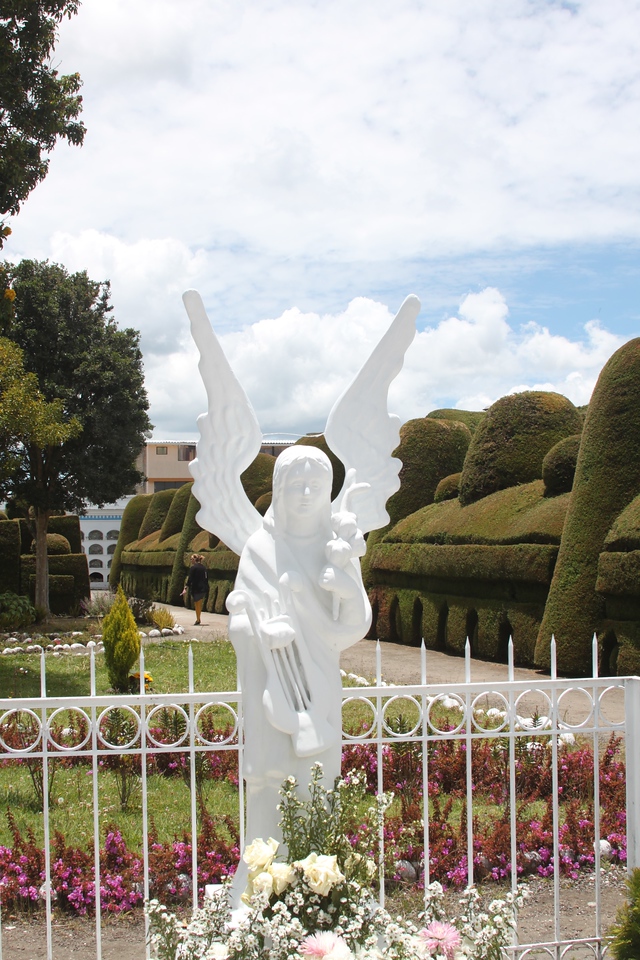
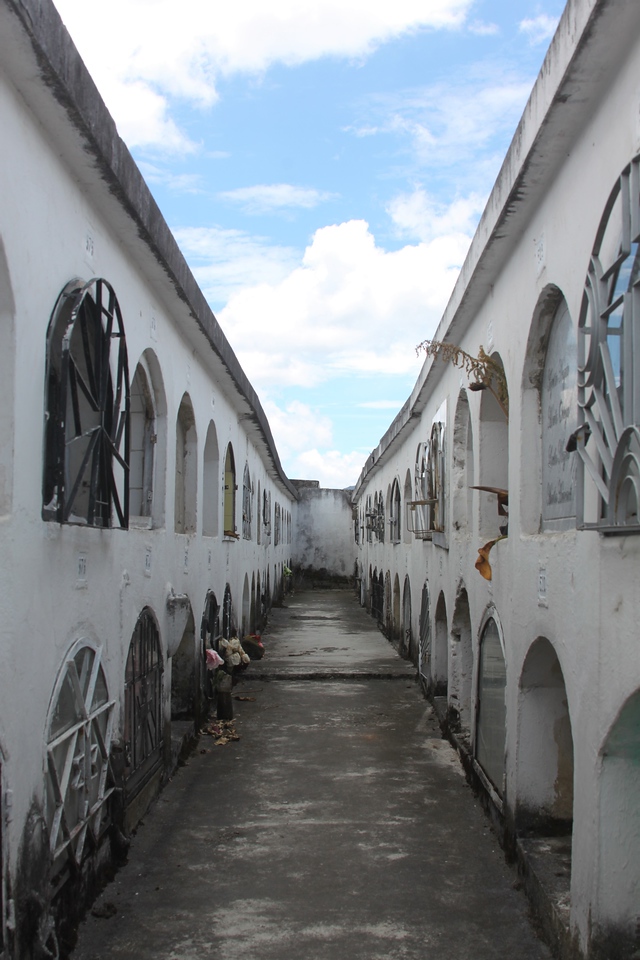
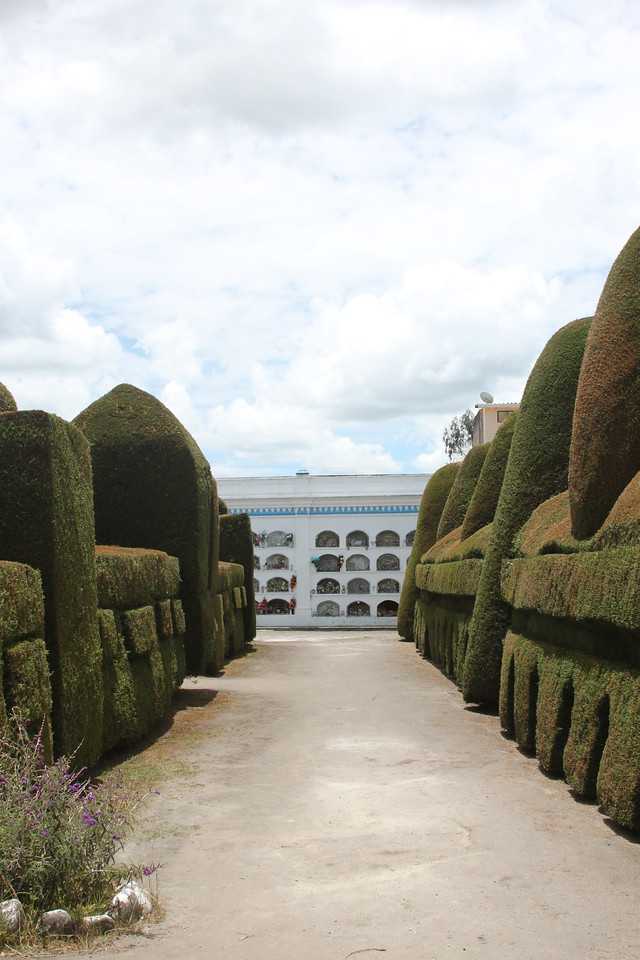
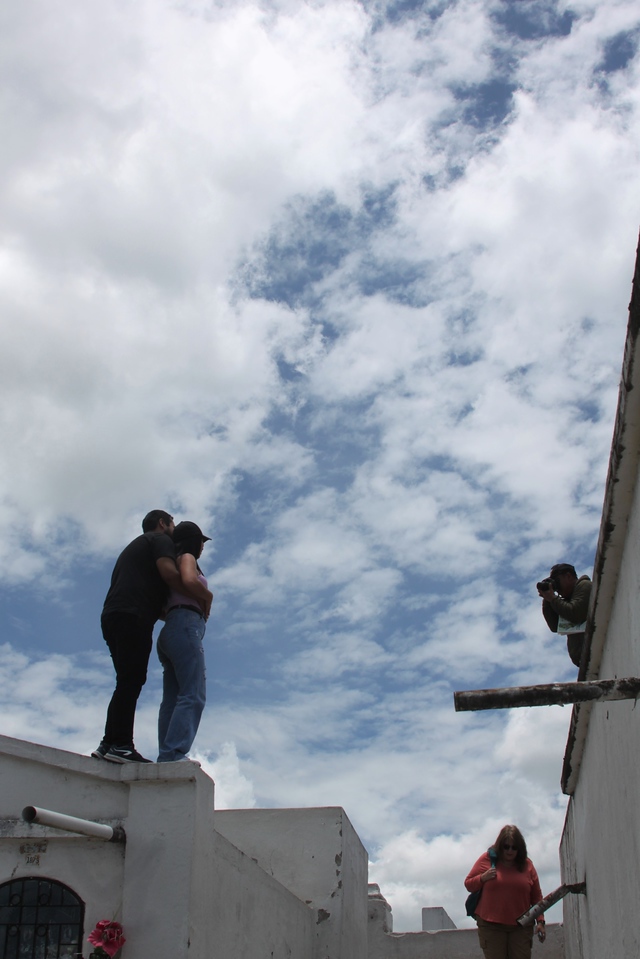
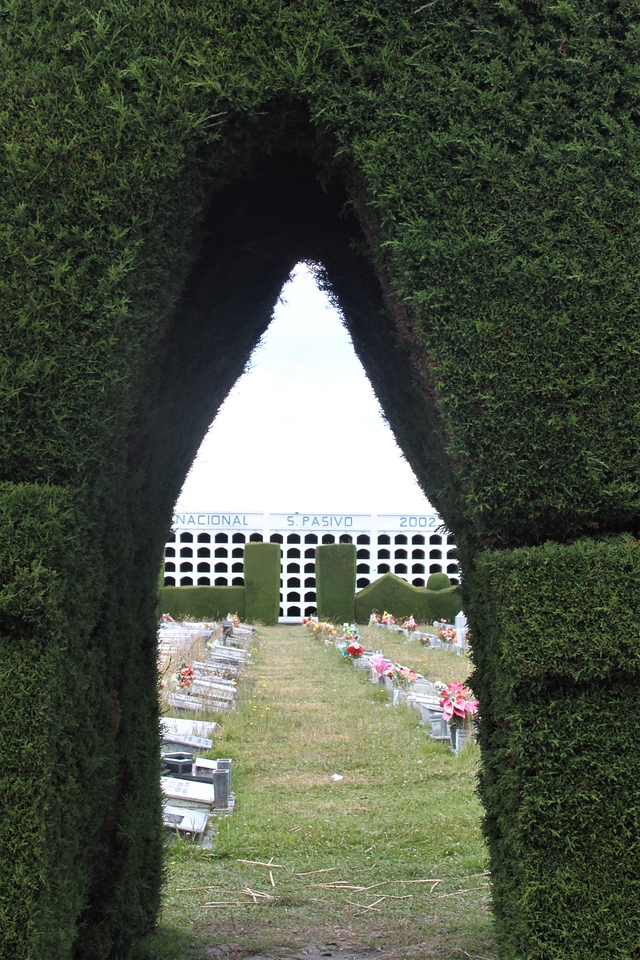
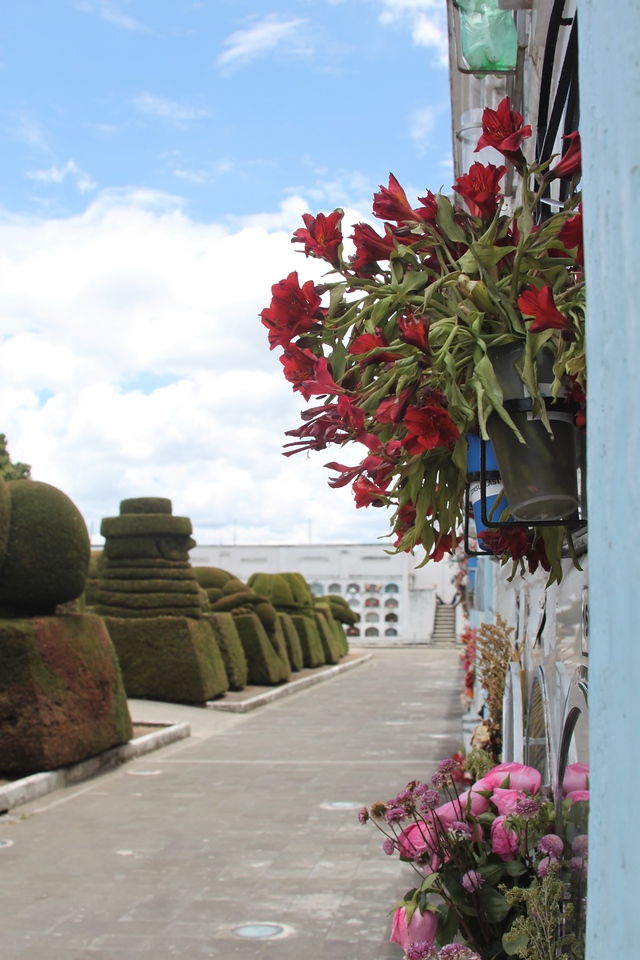
Leave a Reply